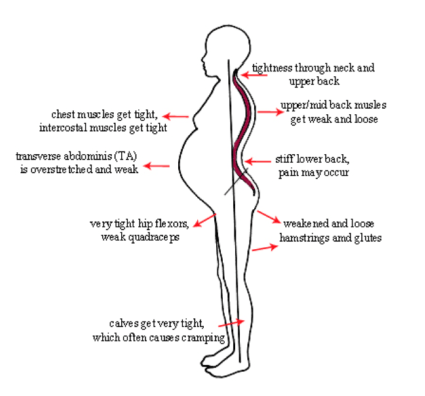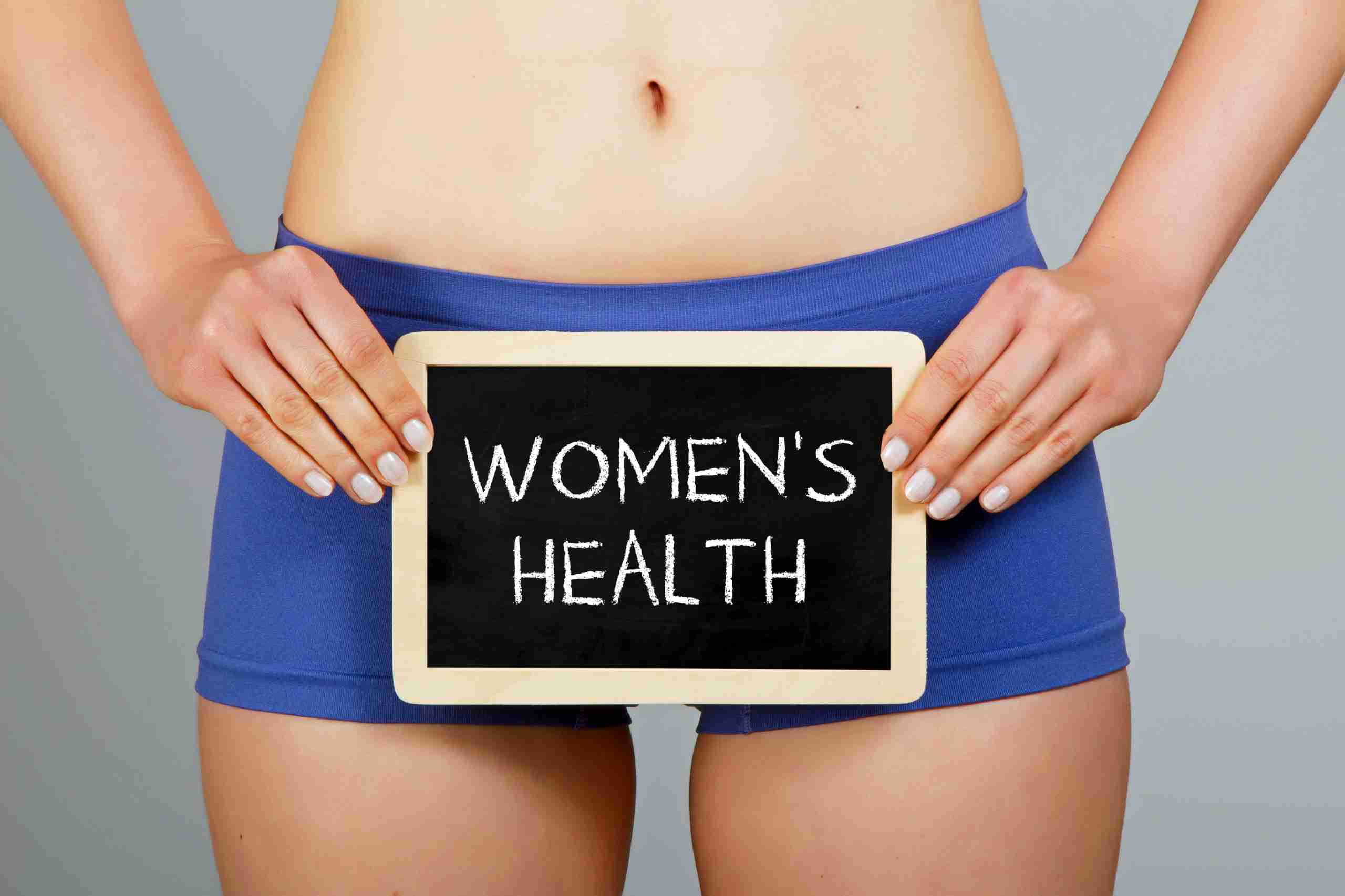What happens to my body during pregnancy?
There are numerous things that happen to your body when you are pregnant. The average women can weigh between 10-15kg more than their normal weight in the third trimester. This extra weight comes in the following form:
- Increased blood volume of 1.2kg
- Enlarged breasts of up to 1kg
- Uterus/placenta/ amniotic fluid/foetus of up to 6kg
- Fat deposits of 4kg or more
- Extracellular fluid of 1.2kg
This additional weight and change in your posture puts more strain on your muscles and joints – especially your calf muscles and may lead to swelling in your feet. The growing bump at the front of your body causes your centre of gravity to move forward and pelvis to tilt forward. This can lead to an increased curve in your lower back, compressed joints and back pain.
Other changes in your posture include a lengthening and weakening of your glute muscles that can become especially painful, and a forward head and rounded shoulder posture. In the second trimester the placenta or even your baby can be up under your diaphragm leading to flaring of your lower rib cage. This can affect how you breathe leading to neck pain and tension headaches.
To compensate for your increased weight and change in centre of gravity you will walk with a wider base of support that can exacerbate foot, hip and low back pain.
Very early in your pregnancy your body produces more of a hormone called relaxin. Its exact mechanism on collagen metabolism is still unclear but we know it leads to ligament laxity – making your spinal and pelvic joints slightly more lax and giving you a feeling of hypermobility. This can also exacerbate lower back and pelvic girdle pain. Levels of relaxin drop quickly after birth but the effects can take up to 3 months to reverse thus a structured core stability programme is required during this time.
There are also quite major changes that happen in your abdominal and pelvic floor muscles. There is stretching in all directions of your abdominals with your waistline increasing by 50cm and your rectus abdominal muscle not only separating at the midline (known as a rectus diastasis but also lengthen by approximately 20cm.
The pelvic floor muscles are also affected by softening of the collagen and increased laxity of the triangular ligaments, endopelvic fascia and the uterus supporting ligaments. This requires the pelvic floor to work harder to support the pelvic organs and maintain continence.
To avoid any ante natal lower back and pelvic pain, aching legs and feet and urinary incontinence we recommend seeing a Women’s Health Physiotherapist to assess your lower back, pelvis and pelvic floor muscles after which they can give you any treatment or home exercises that are required.




